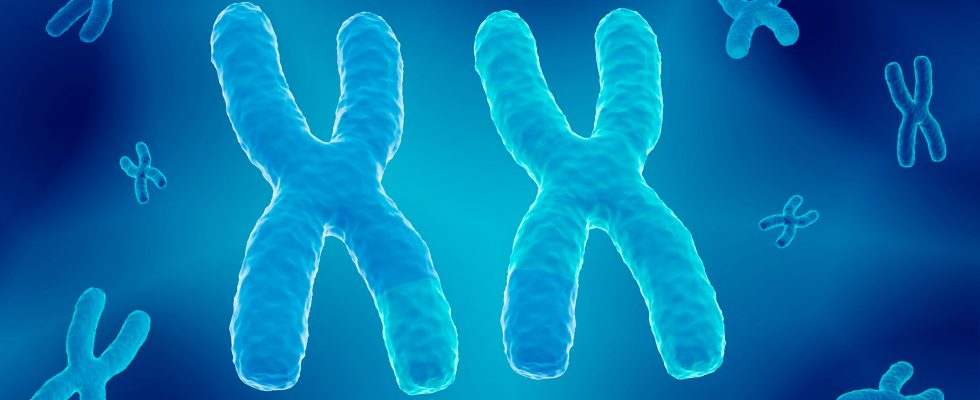What is a woman? A person producing eggs? A person with a pair of X chromosomes, ovaries, a vulva? An individual with the mention “Sex: F” on his identity papers? A being with a feminine appearance or a feminine behavior? A person who feels and defines herself as a woman?
For most people, a woman is all of these things. As we explained in a previous column, for the vast majority of humans, reproductive role, chromosomal sex, gonadal sex, phenotypic sex, legal sex, gender expression and gender identity are all unambiguous and consistent. So why make all these distinctions?
There are a small number of individuals with a vital interest in making these distinctions: on the one hand, people with an intersex condition, who have intermediate or ambiguous genitalia. On the other hand, transgender people who, without being intersex, do not recognize themselves in their biological sex and wish to live according to the gender opposite to their sex, or even modify their body to approach as much as possible the appearance desired gender.
These individuals suffer from being overshadowed by the binarity of sex in discourse and representations, and claim to be able to use the words “woman” and “man” to designate their gender identity, rather than their physical characteristics. In other words: “Is a woman any person who feels to be a woman.” And of course, this new linguistic use must be imposed on everyone, so that transgender people feel included in society under their preferred identity.
The debate over the definition of the word “woman”
This request seems easy to satisfy. Calling “Madame” and using the feminine gender to refer to a transgender woman, regardless of her gender characteristics, is an easy habit to adopt. If this makes transgender people feel more accepted in society, why deny them this basic form of politeness?
But the request is not limited to broadening the meaning of the words man and woman to take into account gender identity: it is also a question of restricting it to gender identity, to the exclusion of other characteristics associated with sex. Indeed, the use of the words man or woman to designate biological specificities linked to sex is perceived as an exclusion by certain transgender people (who do not possess them). Hence the attempt to impose expressions such as “people who menstruate” or “people who have a vagina” instead of women, in contexts where these are the characteristics referred to (for example, when it comes to periodic protection).
This is where many women and feminist movements find the pill hard to swallow: agreeing to recognize the gender felt by transgender people poses few problems. Being expropriated from the word woman, in the name of which so many struggles have been waged and so many rights remain to be conquered, remains more difficult to accept. It is not a question of tolerance towards people but a conflict of use on a word. However you slice it, it won’t satisfy everyone.
A search for a reasonable compromise
This debate over the definition of the word woman is exacerbated by the fact that different parties see it as the decisive element in other conflicts between biological and transgender women: the question of who has access to women-only spaces ( toilets, changing rooms, prisons, women’s sports competitions). But the use of words and the use of spaces are distinct problems, and trying to link the two is a mistake that risks compromising the search for optimal solutions.
There is a real public debate to be had on the following questions: 1) What is the function of the segregation of certain spaces according to the population? 2) Do we still want certain spaces to be segregated? 3) If yes, which ones? 4) And on what criteria? The reproductive role? gender identity? Possession of certain organs? Other criteria? These conflicts opposing divergent interests, they can only be resolved by a search for a reasonable compromise and political arbitration. The semantic dispute over the meaning of the word woman can in no way replace this necessary debate.
